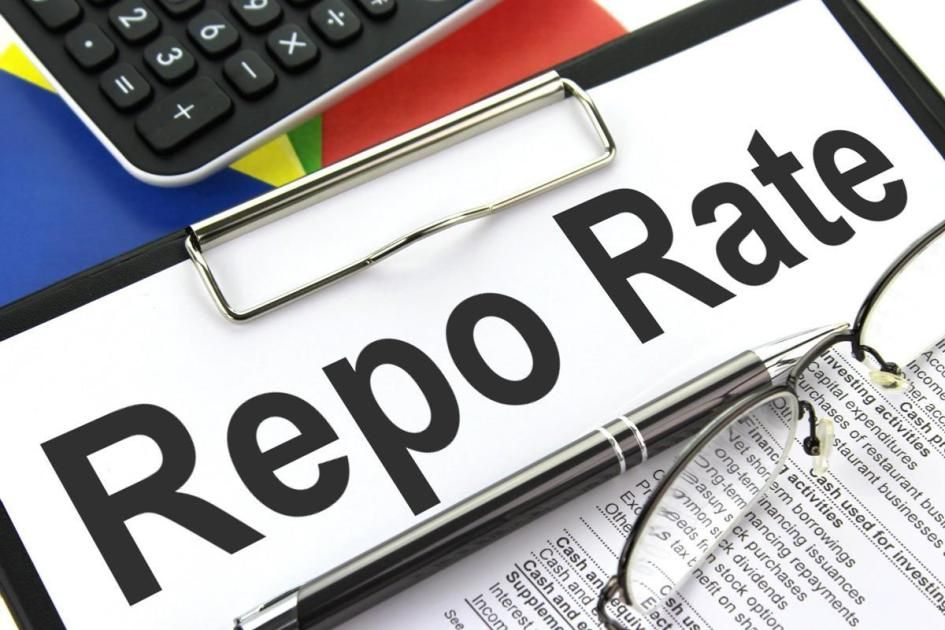Can Repo Linked Home Loans Impact Your Housing Loan EMIs?
Posted on February 28th, 2020
Repo rate is the rate at which the Reserve Bank of India (RBI) lends money to various financial institutions. Often, this rate is altered as RBI cuts down the repo rate or increases it by some basis points. The increase or decrease of repo rates as decided by RBI depends on inflation. And as a control measure, the housing loan rates are increased or decreased by the RBI to control the inflation.

How repo linked loans are affected?
Since repo linked loans are advances on floating housing loan rates, the EMIs are also affected whenever there is a change in the repo rate. Equated monthly instalments include a portion of interest to be paid which is affected as there is a change in repo rate.
Ideally, repo linked loans should be affected with the increase or decrease in the repo rate should the financial institution pass on the revised rates to the home loan borrowers. Consequently, with an increase in repo rate, the EMIs will become higher and with a rate cut, the EMIs become affordable.
Nevertheless, this isn’t the case always as financial institutions delay in passing out the benefits to borrowers and hence the changes may not immediately reflect even if there is a rate cut commenced by the RBI.
To eliminate such cases, the RBI has introduced the MCLR rates, which is the minimum rate below which no financial company can lend finances to customers. This has resulted in improved transparency between the lender and the borrower.
To conclude, housing loan rates are affected as repo linked loans if the financial companies pass the revised rates to the borrowers. In such ideal scenarios, borrowers will have to pay according to the changes in the repo rate. Further, it is to note that housing loans with a fixed rate of interest aren’t affected with changes once the loan is availed and remains the same for the period of tenor unless one opts to switch to a floating interest rate loan.